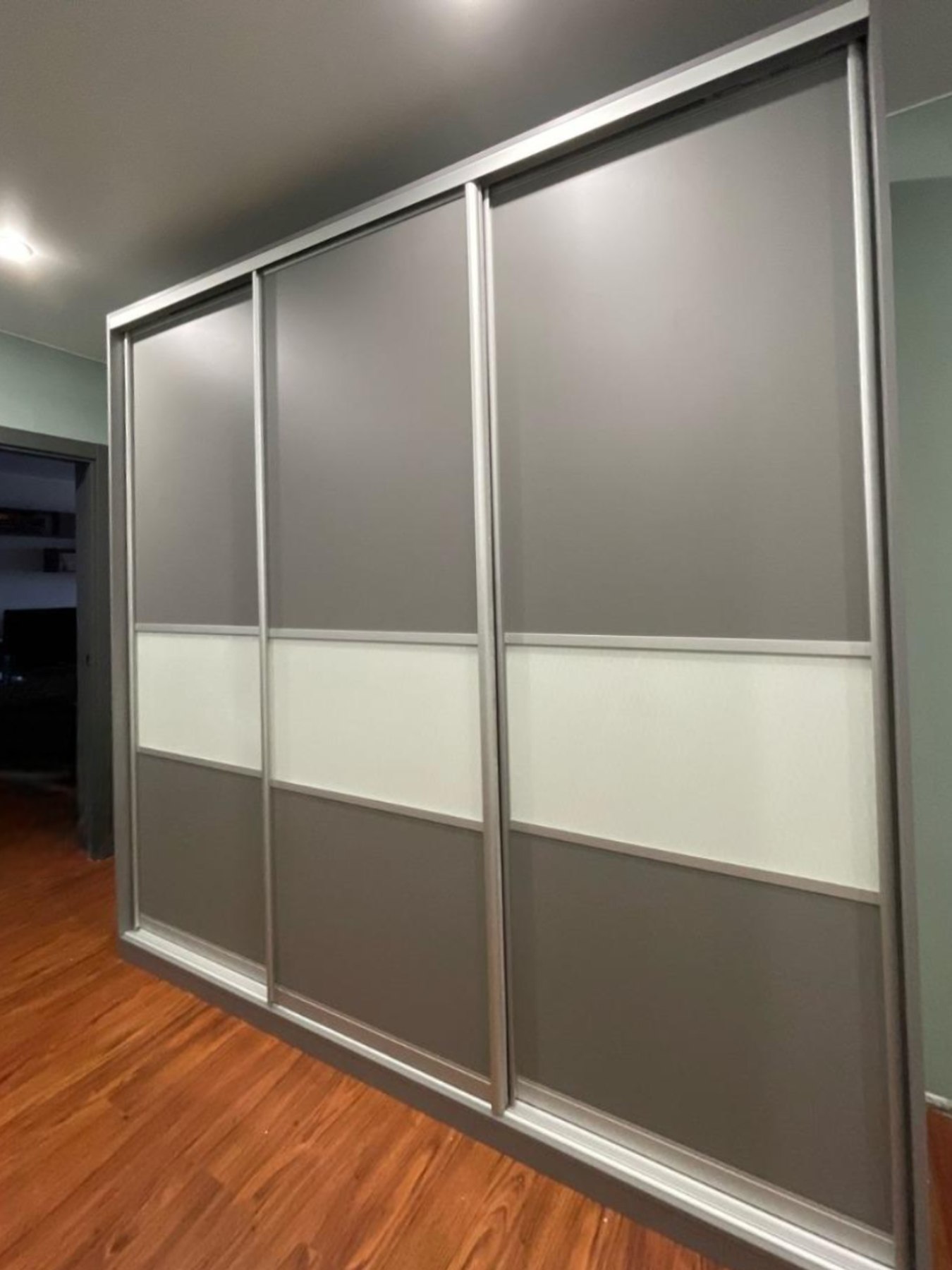
Mastering Kitchen Design Essentials
The Heart of the Home
The kitchen is often referred to as the heart of the home, a place where both daily meals and significant gatherings are prepared and enjoyed. Mastering kitchen design is about creating an inviting, functional, and aesthetically pleasing space that caters to the needs of those who use it. By integrating key design essentials, any kitchen can be transformed into an efficient and enjoyable space for cooking, entertaining, and living.
Efficient Layout and Workflow
The layout is the foundation of a well-designed kitchen. An efficient workflow is facilitated by the classic work triangle, which strategically positions the stove, sink, and refrigerator. This setup minimizes unnecessary steps and ensures ease of movement between the three most used appliances. Additionally, the inclusion of generous counter space for prep work, adequate storage solutions, and the incorporation of smart, modern appliances aid in creating an intuitive and effective environment.
Lighting: Functionality Meets Ambiance
Good lighting is vital in a kitchen design. Task lighting, such as under-cabinet lights, should be employed to illuminate prep areas, while ambient lighting can create a warm and inviting atmosphere. A statement light fixture above the island or dining area can also serve as a focal point and contribute to the overall ambiance. It's essential to have a mix of lighting types to accommodate various kitchen activities and enhance the space's appeal.
Material Selection and Durability
Selecting the right materials is vital for both the functionality and aesthetics of the kitchen. Countertop materials should be durable, easy to clean, and resistant to heat and scratches. Flooring needs to be hard-wearing, as it undergoes a lot of foot traffic, spills, and impacts. When choosing finishes for cabinets, hardware, and fixtures, consider both their practicality and how they contribute to the kitchen's overall style.
Storage Solutions
Ample storage is another critical component of a well-designed kitchen. Cabinets should be planned to maximize space, with considerations for the height and depth that best suit the user. Smart storage options like pull-out drawers, carousel corner units, and built-in organizers can greatly enhance functionality, making it easier to find and access items. Open shelving can also be an attractive way to display dishware and keep frequently used items within reach while contributing to the kitchen's open feel.
Personalization and Style
A kitchen should reflect the homeowner's personal style and fit the overall aesthetic of the house. This can be achieved through the choice of color schemes, textures, and decorative elements. Personal touches, such as unique backsplashes, distinctive countertop materials, or custom cabinet designs, can add character and uniqueness to the space.
Sustainability and Eco-Friendly Practices
Increasingly, sustainable design choices are becoming an essential part of kitchen renovations. Eco-friendly materials, energy-efficient appliances, and water-saving fixtures not only contribute to environmental responsibility but can also provide long-term cost savings. Incorporating natural light with strategically placed windows or skylights reduces the need for artificial lighting, further enhancing sustainability.
Conclusion
In conclusion, masterful kitchen design requires a balance of aesthetics, functionality, and personal preference. By considering an efficient layout, effective lighting, durable materials, ample storage, personal style, and sustainability, you can create a kitchen that is both beautiful and practical. A thoughtfully designed kitchen not only adds value to a home but also enriches the lives of those who gather within its walls.